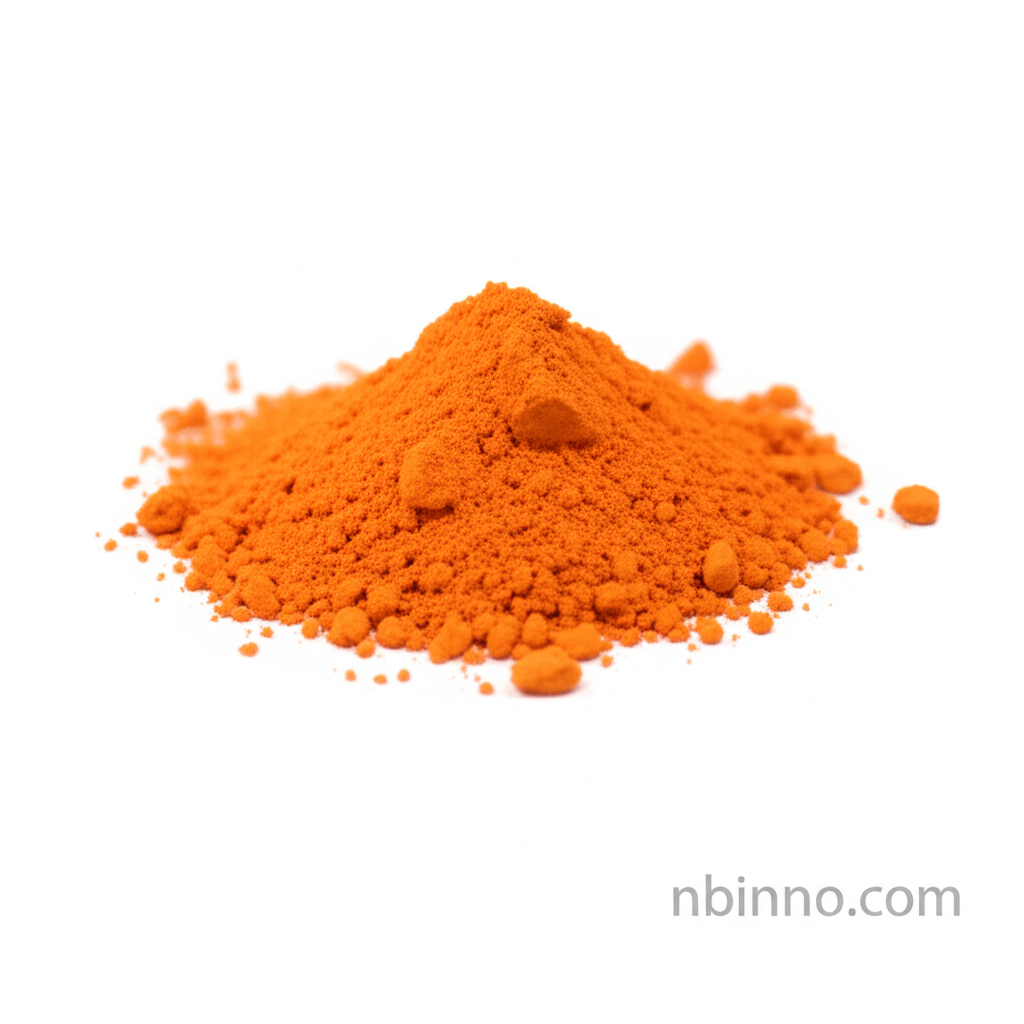Dicobalt Octacarbonyl: A Versatile Catalyst in Modern Chemistry
Exploring the properties, applications, and catalytic power of Co2(CO)8 for industrial synthesis and innovation.
Get a Quote & SampleProduct Core Value

Dicobalt Octacarbonyl
Dicobalt octacarbonyl (Co2(CO)8) is an organometallic compound renowned for its catalytic capabilities in a multitude of organic transformations. Its unique structure and reactivity make it indispensable in industrial processes such as hydroformylation and carbonylation, contributing to the efficient production of aldehydes and other valuable chemicals.
- Discover the synthesis pathways for dicobalt octacarbonyl, understanding how it's produced for industrial applications.
- Leverage the power of dicobalt octacarbonyl as a key catalyst in hydroformylation, transforming alkenes into essential aldehydes.
- Explore the diverse dicobalt octacarbonyl applications in organic synthesis, from hydrogenation to isomerization reactions.
- Understand the critical dicobalt octacarbonyl properties, including its appearance and solubility, vital for effective usage.
Advantages of Using Dicobalt Octacarbonyl
Cost-Effective Catalysis
As a cobalt catalyst in industry, dicobalt octacarbonyl offers a significantly more economical alternative to rhodium-based catalysts, reducing overall production costs for hydroformylation and related processes.
High Reactivity in Hydroformylation
The unique dicobalt octacarbonyl catalyst for hydroformylation enables high reaction rates, driving efficiency in the production of aldehydes, which are crucial building blocks in the chemical industry.
Versatile Synthesis Tool
Its broad applicability in various reactions, including hydrogenation and isomerization, positions dicobalt octacarbonyl as a versatile reagent for complex organic synthesis and chemical transformations.
Key Applications
Hydroformylation
Essential for the oxo process, catalysing the addition of carbon monoxide and hydrogen to alkenes to produce aldehydes, a fundamental step in petrochemical refinement.
Hydrogenation Reactions
Used as a catalyst in hydrogenation processes, contributing to the saturation of double bonds in organic molecules.
Isomerization Reactions
Facilitates the rearrangement of atoms within a molecule, enabling the conversion of less desirable isomers into more valuable ones.
Carbonylation Processes
Plays a role in reactions where a carbonyl group is introduced into organic molecules, expanding synthetic possibilities.
